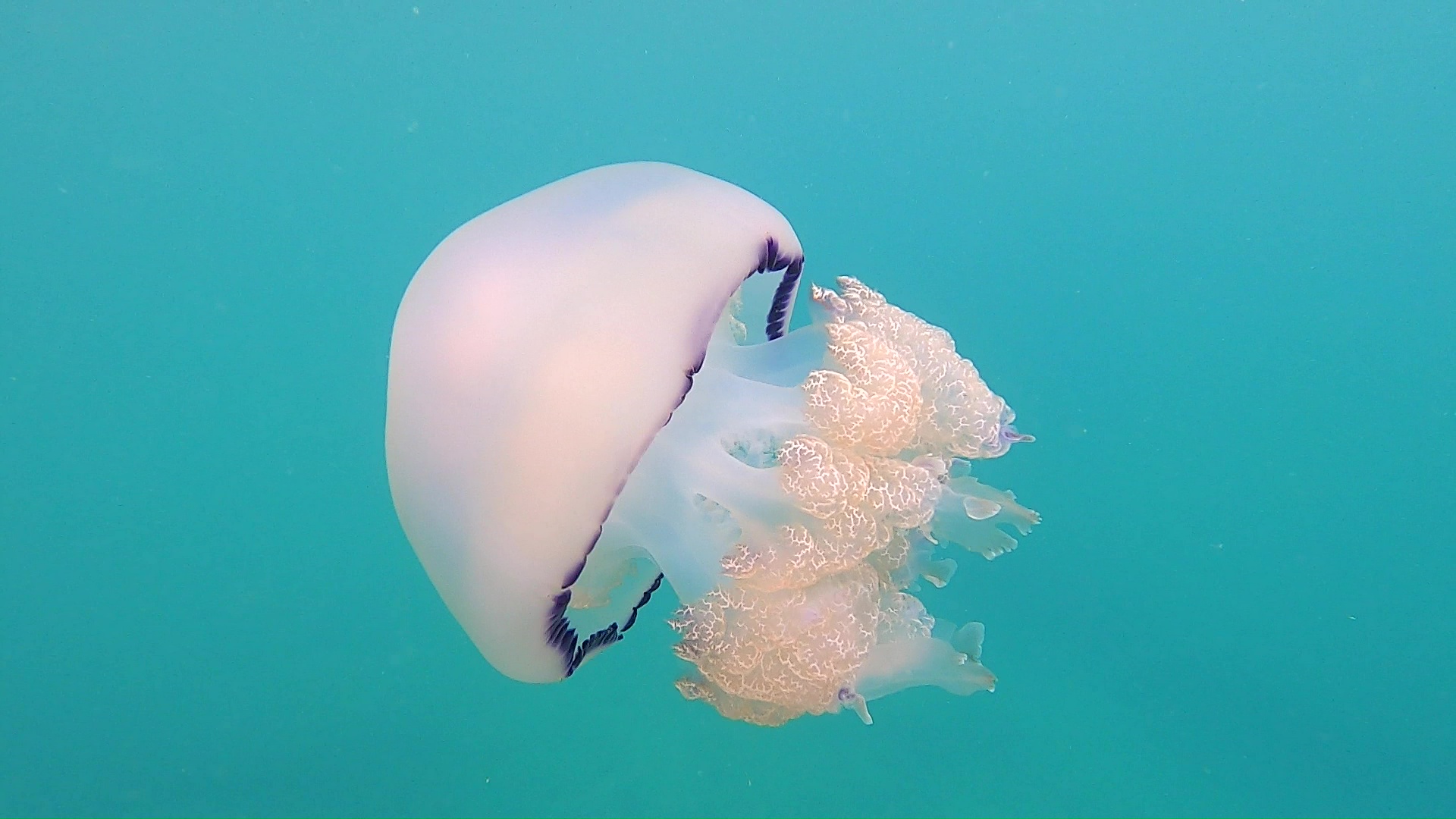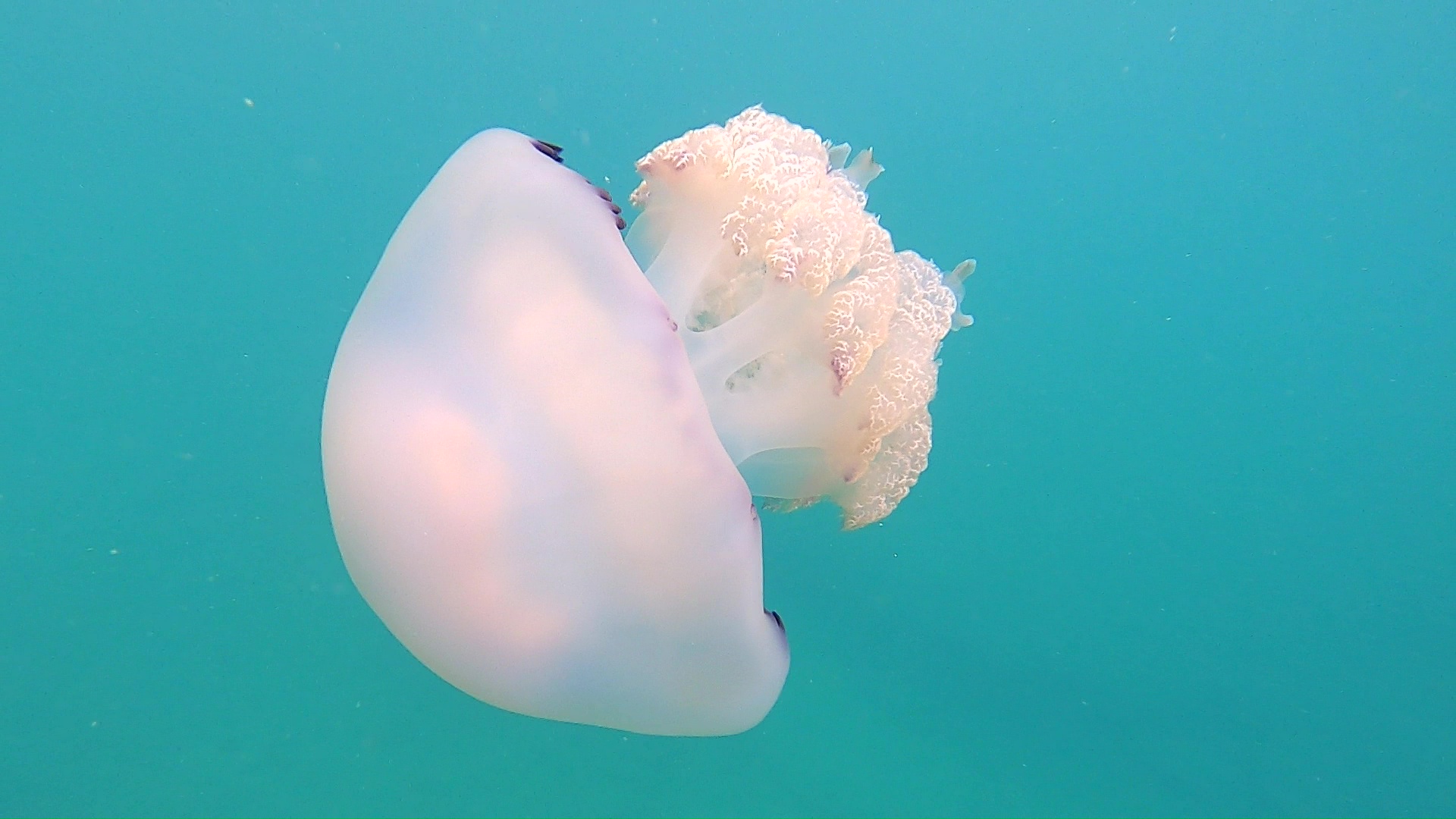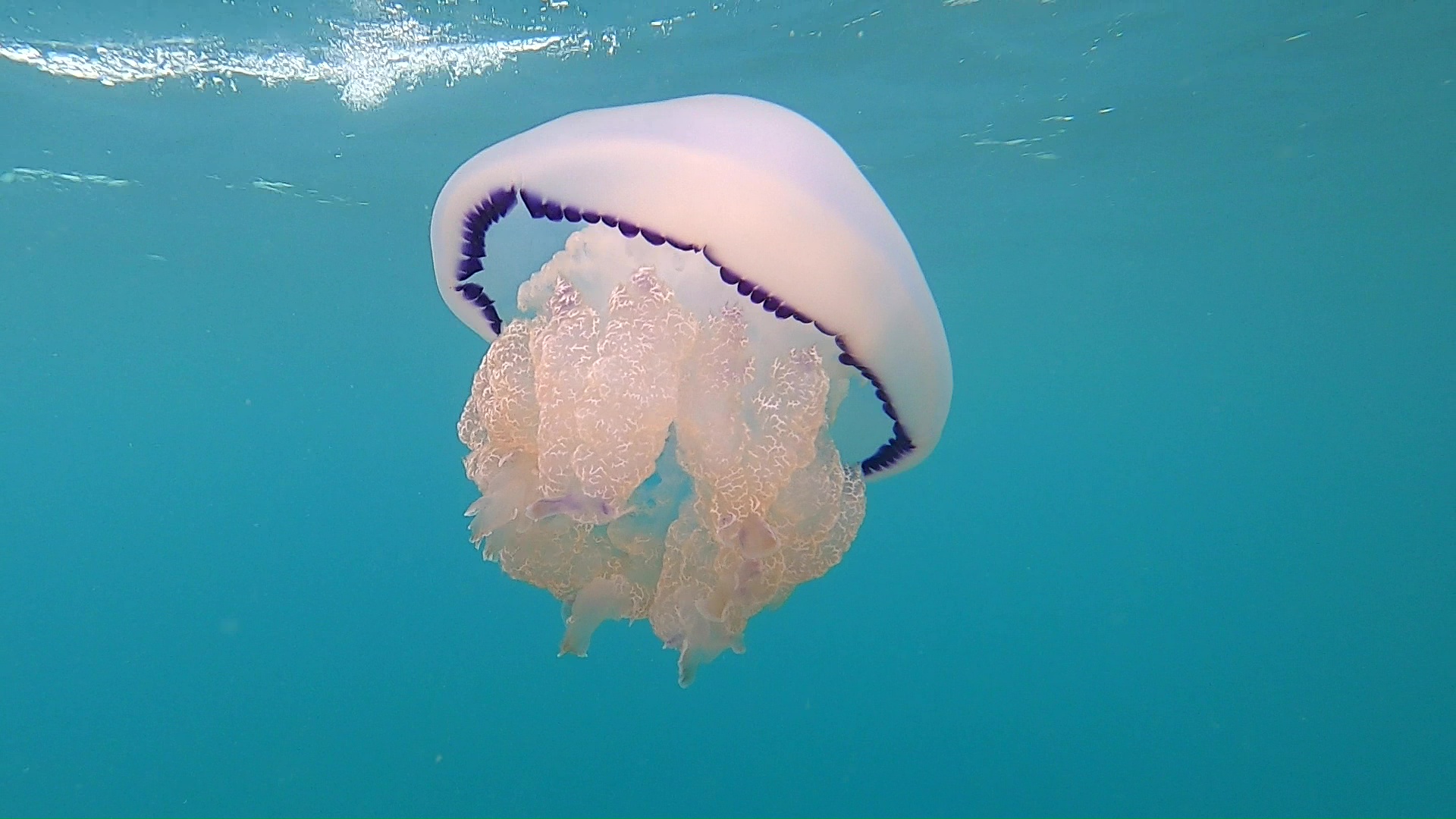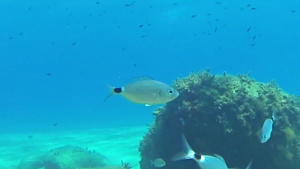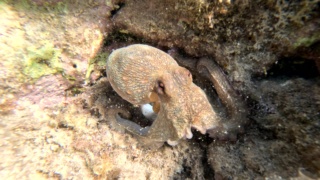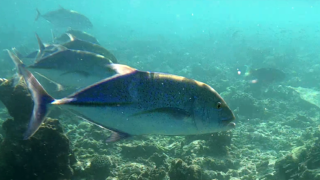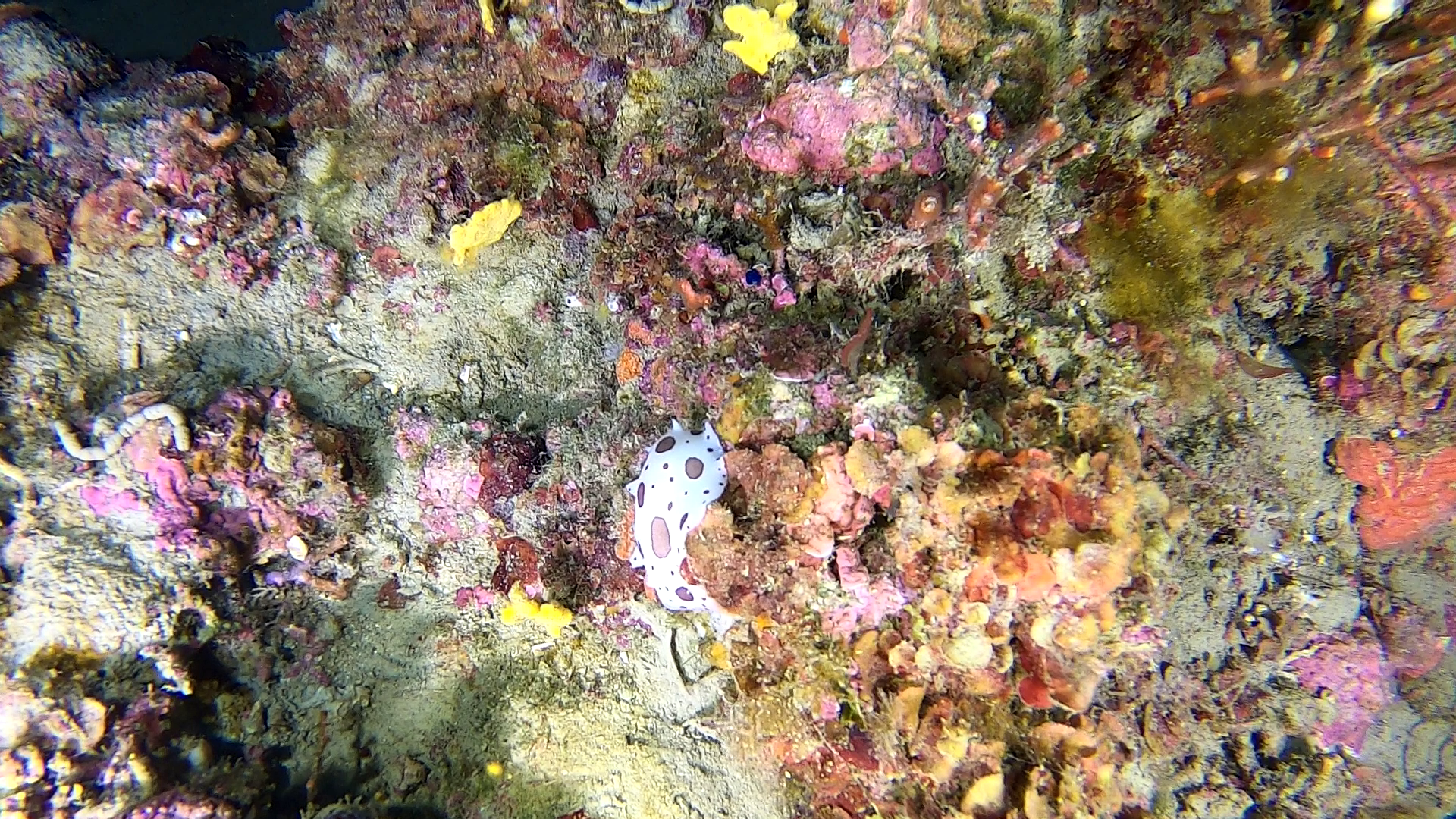The first encounter of the 2021 season was this beautiful specimen of the Barrel jellyfish Rhizostoma pulmo. They are usually jellyfish that meet in late summer and autumn, so encountering this jellyfish in May is a fairly rare occurrence, despite the sea lung being one of the most common jellyfish in the Mediterranean Sea.
Another particular feature is that it is the largest jellyfish of Mare Nostrum, being able to reach 50-60 cm in diameter and 10 kg in weight. This in the video has a diameter of about 25-30 cm, therefore it is a specimen already in an advanced age of development. Medusa Polmone di mare Barrel jellyfish Rhizostoma pulmo intotheblue.it
Another thing to note is that these jellyfish are practically harmless to humans, even if their tentacles are slightly irritating, so let’s avoid the bad habit of capturing it to make it die on the beach or on a rock with the excuse of having avoided dangerous contacts with the bathers. These jellyfish are in fact an important link in the food chain of our seas, being both prey and predators.
They are also food for cetaceans such as dolphins and their transparency and resemblance to abandoned plastic bags floating just below the water’s edge, creates the now infamous “great deception” for which sometimes we find dolphins dying or beached with stomach full of plastic.
Dangerous for humans
The species does not cause serious consequences: its tentacles usually do not result in stinging so much as to create serious dangers for humans. Only on particularly sensitive subjects, contact can cause irritation that disappear spontaneously in a short time but leaving an itch or annoying pain. In the water it releases some stinging substance or toxin that causes small abrasions of severe itching and slight burning.
The umbrella, notoriously devoid of cnidocytes, can still irritate sensitive parts such as the mouth (particularly the lips) and nose. This is due to the release of irritants in the area immediately around the jellyfish for defensive purposes. Such irritations can cause swelling and numbness, but heal within hours.
https://it.wikipedia.org/wiki/Rhizostoma_pulmo
 English
English Italiano
Italiano
